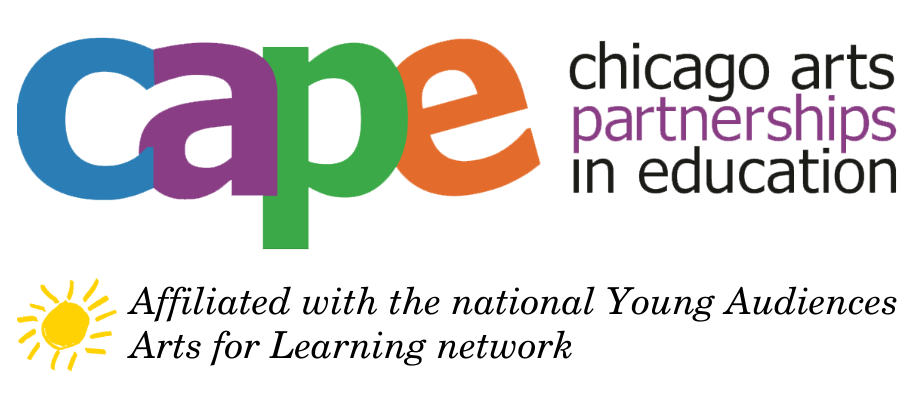The Outcomes:
What did we learn?
Striking gains in student achievement and teacher growth through arts integration are the clear, independently analyzed outcomes of the PAIR project. Importantly, these results, culled from multiple and extensive real data sources, arrive at an actual demonstration of cause and effect. Thanks to the PAIR research, we can state unequivocally that an arts integrated partnership approach had a definitive, positive impact on student performance and teacher growth.
For PAIR, innovative research strategies and tools gathered rich data and documentation from multiple sources. The depth of this approach provided researchers with a fuller picture as to what happened with student learning and teacher impact during the life of the project. Further, by collating and cross-examining multiple data sources, PAIR researchers were able to make strong statements as to causality, something that often evades research in arts education and integration. PAIR has provided researchers with the evidence to state causal links between the arts and teacher growth and student achievement.
PAIR Quick Links:
PAIR Home | The Project | The Outcomes | The Research | Action Items
PAIR Finding #1:
Arts Integration closes the achievement gap while supporting academic excellence.
Lead Researcher, Dr. Lawrence Scripp, explains how the PAIR project narrowed the achievement gap between the highest and lowest achieving students, while allowing those students to outperform their peers at our control schools.
PAIR Finding #2:
Arts Integration raises standardized test scores.
Dr. Scripp details the growth over time in standardized test scores between our PAIR project cohorts as compared to the control groups.
PAIR Finding #3:
The more a teacher engages in arts integration practices, the better their students perform.
CAPE Educator Director, Scott Sikkema, describes our new understanding of how a teacher’s dedication to arts integration practices like professional development, documentation, and teaching artist collaboration, the better their students performed on all areas measured by the PAIR project.
PAIR Finding #4:
Using a variety of assessment measures provides a fuller picture of student learning than test scores alone.
Scott explains the correlation between the different student assessments used in the PAIR project and standardized test scores. This correlation can help us to rethink the use of standardized test scores as the foundational measure of students’ knowledge.
Plan a CAPE Field Trip
Visit CAPE and learn more about our research: join us for a casual, one-hour info session that we call the CAPE Field Trip. You’ll tour our office, learn about our impact on students, teachers, and communities, and meet some of our staff members and partners.


